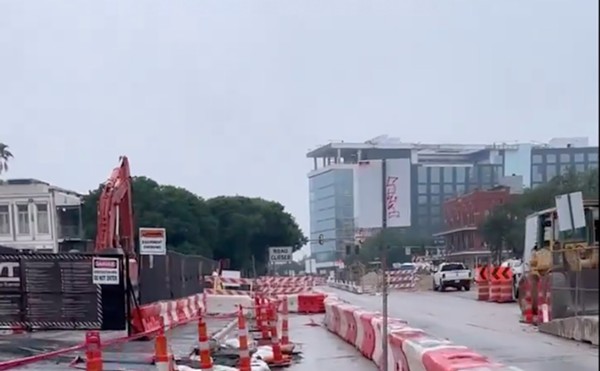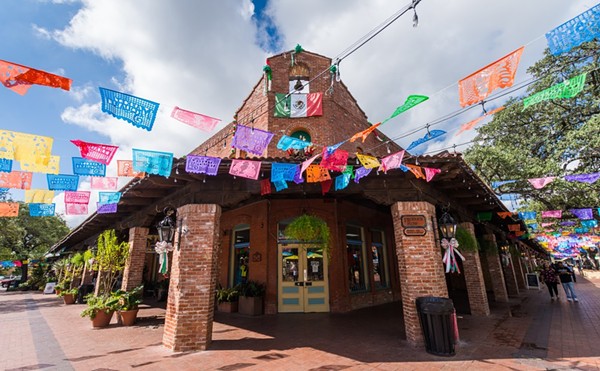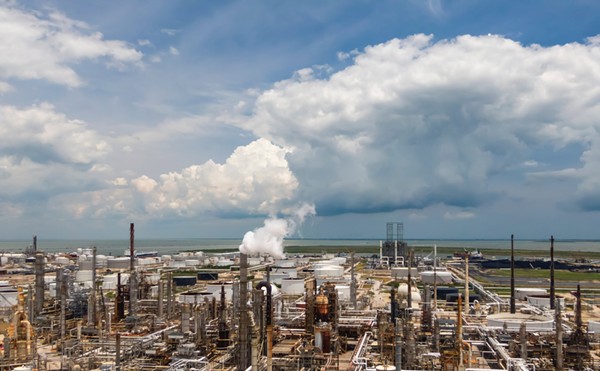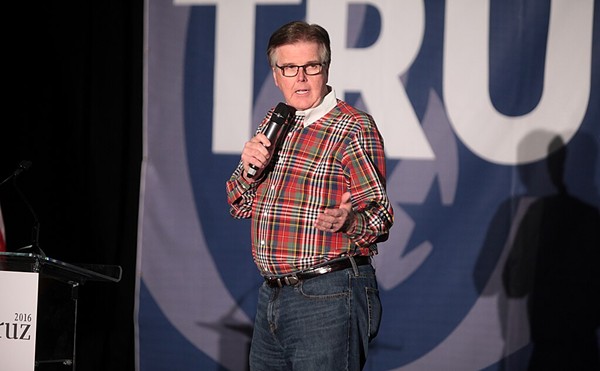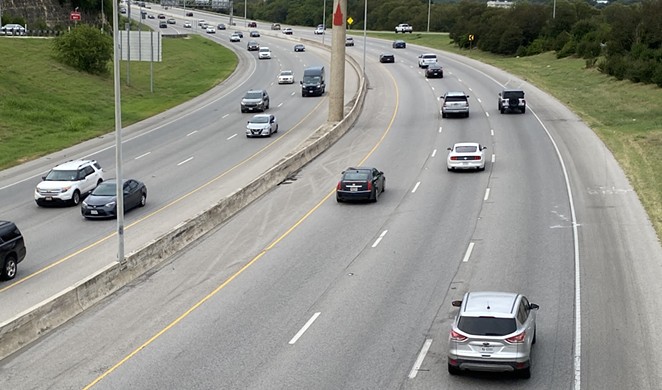
Recently, there’s been a ritual gnashing of teeth and a flood of complaints from the Chamber of Commerce amid fresh forecasts of economic doom. Officials have shared a troubling report — albeit now four years old — from economist Steve Nivin that estimates billions in costs and economic losses. Some blame outsiders, claiming the real problem lies across the southern border.
No, we’re not talking about a fresh flood of migrants coming into South Texas or some grand threat to San Antonio’s future. All that rancor surrounds “nonattainment,” the term used to describe the failure of our metro’s air quality to meet the Environmental Protection Administration’s standard for ground-level ozone.
That standard, set in 2015, is 70 parts per billion. We had until Sept. 24 of this year to meet it. We didn’t.
Now there’s a 30-day comment period, where the state’s environmental “regulator,” the Texas Commission on Environmental Quality, will argue that our failure is actually the result of pollution streaming over from the other side of the border. And, as the Express-News reported, the Chamber of Commerce emphasized in a letter to the EPA that the San Antonio area lowered its ozone level by 20% from 2014 to 2019.
Maybe those parties will succeed in making their case to the feds. If they don’t, the state may go to federal court, as it did in 2018, to overturn an EPA judgment that we’re in nonattainment.
Regardless of the wrangling, the reality is that, once again, San Antonio failed to meet the EPA standard. For all the complaints about having to get our vehicle emissions tested and about additional requirements for “point sources” such as power plants and quarries, the truth is this: our air is dirtier and unhealthier than it should be. Despite the court decision upholding the 70-parts per billion standard, we haven’t managed to move our air quality for years. While our ozone level dropped from 81 in 2013 to 73 in 2016, progress has essentially stalled. It was the same 73 in 2019 and about the same in 2020.
We dealt with the easier emission sources years ago. But as the Alamo Area Council of Governments noted in a 2019 report, “On-road vehicles have traditionally represented the significant source of [nitrous oxide] in the region.” As our metro continues growing, spreading urban growth outward, we drive more every year — albeit with a downward “blip” in 2020 due to the pandemic.
Living in Monte Vista near U.S. Highway 281, I see and hear the impact of that growth every day.
Once the highway was terribly congested northbound in the late afternoon as downtown workers left for homes in Stone Oak and beyond. Now, the southbound traffic clogs up after 4 p.m., the result of construction and maintenance workers returning south of downtown from new subdivisions well beyond Loop 1604.
Then there’s all the crosstown traffic as workers head home to the far West Side from job centers around the Medical Center, UTSA’s main campus and Stone Oak.
What we’ve built over the years is a highly dispersed city with multiple job centers. And we’ve done it with public policy and public subsidies. The property tax abatements to Citibank and Microsoft at Texas Research Park, along with more recent breaks for the Kohl’s operations center at Rogers Run and others, all contributed to San Antonio’s spread.
The city government and local public agencies also continue to boost the fortunes of favored local developers. For example, University Health District announced the purchase of land next to the Texas A&M-San Antonio campus south of Loop 410. That’s where the early developers of the Verano tax increment zone, approved in 2007, promised to produce “2,542 single-family detached homes, 3,375 multi-family homes, 1,021 condos/town homes, 5,977,200 square feet of commercial, and the new Texas A&M,” not much of which happened.
The Chamber isn’t going to stop wailing as we once again deal with nonattainment. But it’s time for the rest of us to stand up and say that we want cleaner air, that we want less asthma and respiratory disease and that we value public health at least as much as private developers’ gain.
Heywood Sanders is a professor of public policy at the University of Texas at San Antonio.
Stay on top of San Antonio news and views. Sign up for our Weekly Headlines Newsletter.





